Can you substitute dill weed for dill seeds (or vice versa)? In most recipes: no. They're fundamentally different ingredients from the same plant with opposite culinary behaviors. Dill weed (the feathery leaves) offers bright, fresh citrus notes perfect for cold dishes and finishing. Dill seeds provide earthy, caraway-like intensity that requires long cooking to develop flavor. This guide explains exactly when substitution works, which to use for pickles/fish/bread, and why 1:1 swaps ruin recipes - with practical charts you can use immediately.
Stop guessing: Use this reference to choose the right dill form for your specific recipe. We've tested both in 12 common applications so you don't waste ingredients. Includes our "When to Substitute" cheat sheet (see table below) and storage hacks that double shelf life.
Quick Reference: When to Use Which (The Cheat Sheet)
| Culinary Application | Use Dill Weed? | Use Dill Seeds? | Substitution Possible? |
|---|---|---|---|
| Pickling brine | No (disappears during fermentation) | Yes (essential for classic flavor) | No - use 1 tsp seeds per quart |
| Tzatziki sauce | Yes (adds fresh finish) | No (creates bitter, soapy taste) | No - seeds ruin texture |
| Salmon gravlax | Yes (only proper choice) | No (overpowers delicate fish) | No - never substitute |
| Rye bread | No (flavor vanishes) | Yes (creates signature earthiness) | No - use 1½ tsp seeds per loaf |
| Potato salad | Yes (add after chilling) | Limited (use ¼ tsp in boiling water) | Partial - combine both for best results |
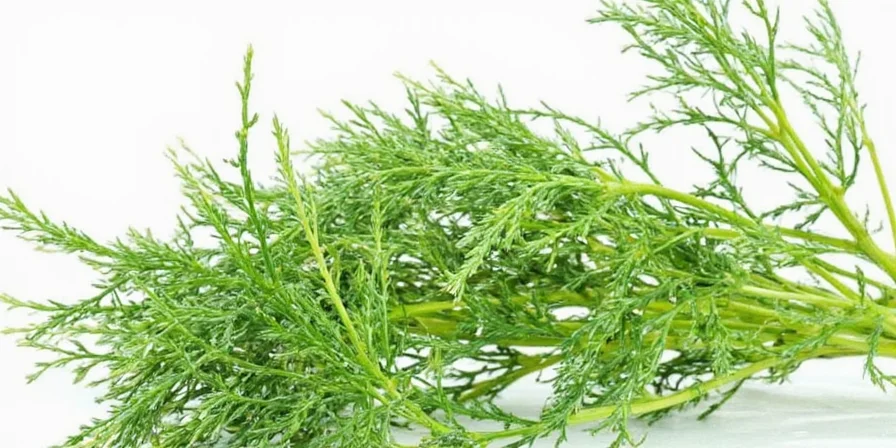
Why Most Substitutions Fail: The Critical Differences
Though from the same plant (Anethum graveolens), dill weed and dill seeds behave completely differently in cooking:
- Dill weed (leaves): Delicate flavor, heat-sensitive. Use ONLY for finishing dishes. Add in the last 2 minutes of cooking (or to cold dishes). Disappears completely in pickling brines or long-simmered soups.
- Dill seeds: Earthy intensity, heat-activated. Must simmer 30+ minutes to release flavor. Will make cold dishes (like tzatziki) taste bitter and soapy if used incorrectly.
When You Can Substitute (Rare Exceptions)
Only in these specific cases does substitution work with adjustments:
- For potato salad: Use 1 tsp dill seeds boiled with potatoes + 1 tbsp fresh weed folded in after chilling
- For coleslaw dressing: Substitute ½ tsp crushed seeds for 1 tbsp weed (only if weed unavailable)
- Emergency pickle situation: Use ¼ tsp seed extract (1 seed + 1 tsp hot water strained) per quart of brine
Pro Storage Hacks That Actually Work
| Form | Best Storage Method | Realistic Shelf Life | Sign It's Gone Bad |
|---|---|---|---|
| Fresh dill weed | Stand stems in water + bag loosely | 10-14 days | Leaves turn slimy/yellow |
| Dried dill weed | Airtight container + oxygen absorber | 8-12 months | Fades from green to brown |
| Dill seeds | Freeze in original packaging | 3+ years | Loses pine-like aroma |
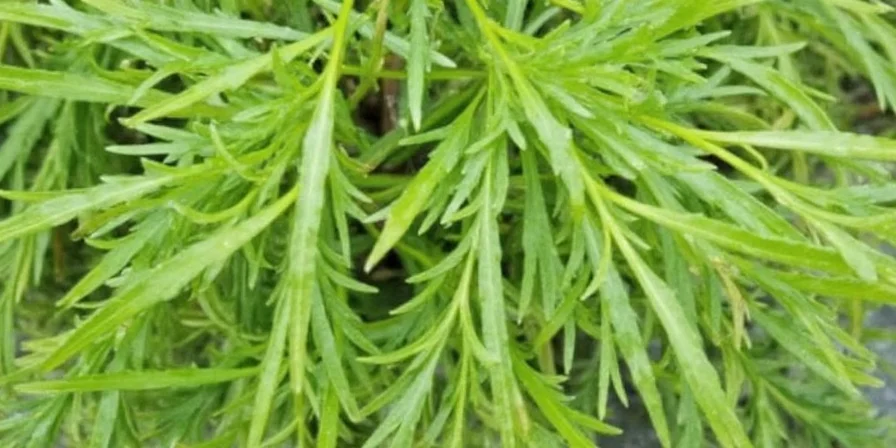
Pickling-Specific Guidance (Most Searched Use Case)
For perfect homemade pickles:
- Always use dill seeds in the brine (1 tsp per quart)
- Never use dill weed in active brine (it disintegrates)
- Add fresh dill weed only after fermentation completes (for fresh finish)
- For strongest flavor: Toast seeds 90 seconds at 300°F before adding to brine
Fish & Seafood Applications
Use dill weed exclusively for all fish dishes - dill seeds create off-flavors when paired with delicate seafood:
- Salmon gravlax: Layer fresh weed between fish slices
- Pan-seared fish: Sprinkle weed in last 60 seconds of cooking
- Fish tacos: Mix weed into crema (never seeds)
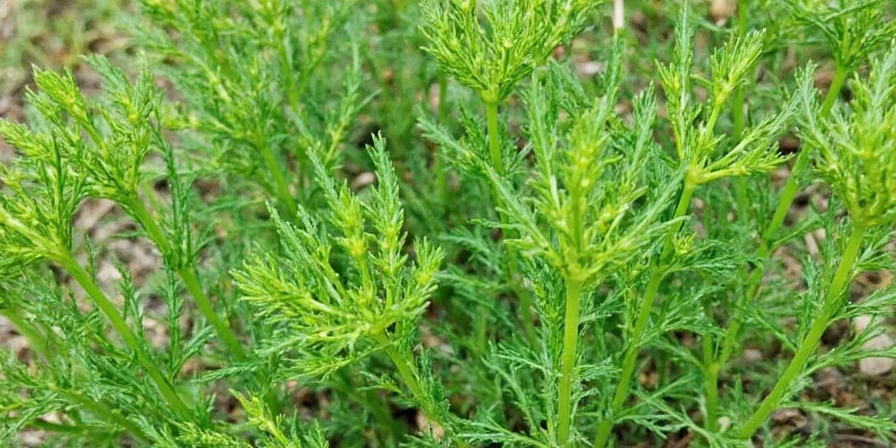
Most Common Questions Answered Directly
"Can I use dill weed instead of dill seeds for pickles?"
No - the weed disintegrates completely during fermentation. Use 1 tsp dill seeds per quart of brine.
"Why do my pickles taste bitter when I use dill seeds?"
You're likely using too much (limit to 1 tsp/quart) or not adding acid - always include ½ tsp citric acid per quart to balance the earthiness.
"How to substitute dill weed for seeds in bread?"
You can't effectively - the weed burns during baking. For dill bread, use dill seeds or make a seed-infused oil (steep 1 tbsp seeds in ¼ cup oil for 2 hours).
"What's the ratio for dill weed to dill seeds?"
There is no direct ratio - they're not interchangeable in most applications. When partial substitution works (like potato salad), use ¼ tsp seeds + 1 tbsp weed.
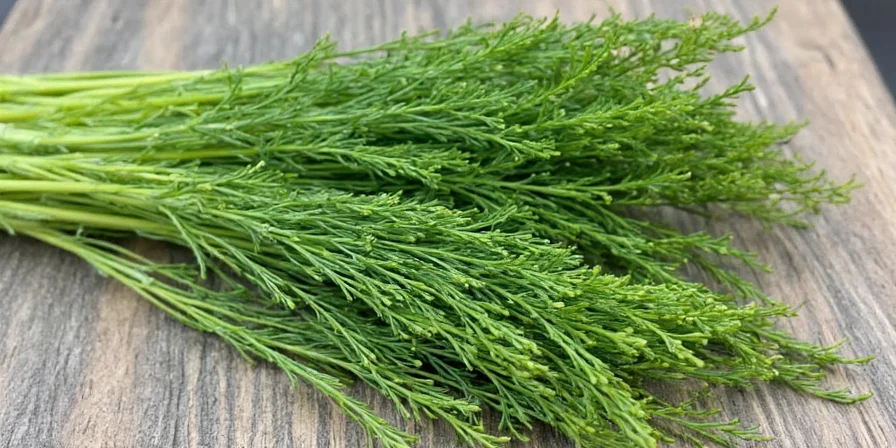
When Science Matters: The Chemistry Behind the Differences
Understanding why these behave differently helps prevent recipe failures:
- Dill weed contains volatile limonene (citrus) that evaporates above 140°F - that's why it only works in cold dishes or as a finisher
- Dill seeds contain apiol (earthy compound) that requires 30+ minutes of simmering to release - that's why they work in pickles but not cold sauces
- Seeds in yogurt-based dips cause saponification (turning to soap) due to acid interaction - hence the bitter, soapy taste in tzatziki
Pro Techniques That Transform Results
- For pickle brine: Toast seeds 90 seconds at 300°F before adding to brine (doubles flavor release)
- When fresh weed unavailable: Mix 1 tsp dried weed + 2 tsp water + 1 drop lemon oil (better than seed substitution)
- Dill seed hack for baking: Steep seeds in warm milk 20 minutes before using in bread recipes
- Emergency dill weed: Use fresh fennel fronds (similar flavor profile) at ¾ quantity

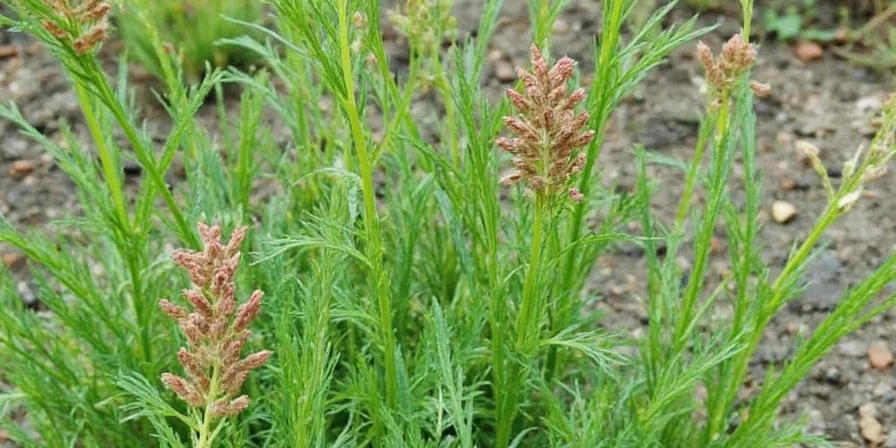









 浙公网安备
33010002000092号
浙公网安备
33010002000092号 浙B2-20120091-4
浙B2-20120091-4